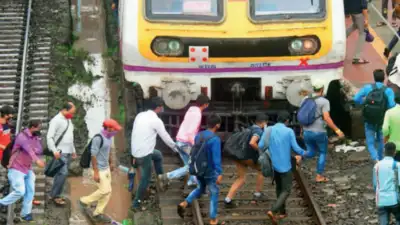ARTICLE AD BOX

MUMBAI: To identify unclaimed bodies of railway deaths, the GRP used to run a website called Shodh, where pictures of unidentified victims were put up along with their details and helped their families find them.
But the project was wound up. The GRP also started a campaign where banners with pictures of accident victims were put up at railway stations in a bid to identify them, but passengers found them to be disturbing and they were taken off.

"Typically when the victim's identity is not known, the body is kept at a morgue for 15 days to a month. The victim's photograph is sent to police stations across the metropolitan region to find out if a missing complaint has been registered by his/her family.
If a claimant does not come forward, then the body is cremated or buried as per the victim's faith (if it is known)," said a police officer. A piece of clothing or the victim's personal belongings are retained in the police records along with the victim's photo in case his/her family is traced later. Despite challenges, police teams sometimes track down the next of kin through tatoos on the victim's body or tags on his/her clothing.
Between 2002 and 2024, over 72,000 people have lost their lives on railway lines due to various reasons, a majority run over while crossing tracks. The RTI plea was filed by city orthopaedic Dr Sarosh Mehta who said that incidents like track crossing and falling off trains were preventable with measures like boundary walls and closed-door coaches.The Railways said they have been constructing foot overbridges and installing escalators to discourage track crossing. But with the number of annual deaths still in four-figures, there is a long way to go to achieve the railways' mission of zero deaths.



.png)
.png)
.png)
















 3 hours ago
4
3 hours ago
4









 English (US) ·
English (US) ·